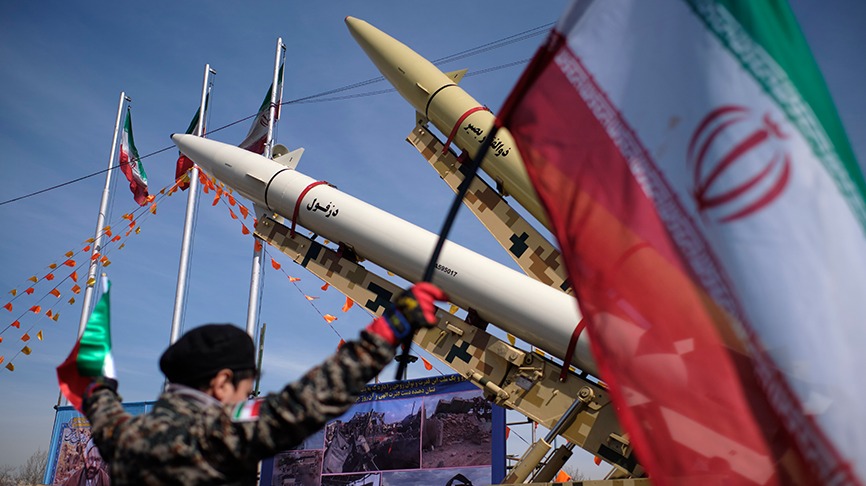
At least two oil tankers have opted for the longer route around the Cape of Good Hope this week, as escalating tensions and Houthi militant attacks in the Red Sea continue to disrupt vital shipping lanes. This re-routing decision comes amidst a US-led coalition’s formation to safeguard commercial vessels in the region.
The Iran-backed Houthis, claiming to support Palestinians facing siege in Gaza, have launched drone and missile attacks on commercial ships navigating the Red Sea. This has left shippers with the difficult choice of braving a potentially dangerous route or adding days to their journeys by detouring around Africa.
One such ship, the Aigeorgis, chartered by BP to transport vacuum gasoil (VGO) from India to Texas, has abandoned the Red Sea altogether. LSEG ship tracking data shows it currently traversing the East Coast of Africa towards the Cape of Good Hope. This new route tacks on nine days to the typical journey.
“War risk premiums for Red Sea voyages have been on the rise,” explains Jay Maroo, an analyst at Vortexa, an energy data firm. “That makes the longer route around the Cape a bit more palatable for charterers.”
Equinor’s tanker, the Sonangol Cabinda, also opted for a strategic shift mid-journey. After entering the Red Sea carrying crude oil from Texas to India, it abruptly reversed course and is now heading towards the Mediterranean via the Suez Canal, as per LSEG data.
The US announced a 20-nation naval coalition last week intended to counter Houthi threats to shipping. However, some participating countries remain unconfirmed, and existing naval agreements complicate operational details for protecting Red Sea traffic. This lack of clarity further fuels confusion for shippers wary of venturing into the volatile region.
“Equinor has temporarily halted all new activities requiring transit through the Red Sea,” the company confirmed on Tuesday. Existing voyages within the region have been rerouted or paused altogether.
These rerouted journeys are already impacting African ports, with several experiencing a surge in vessel traffic stemming from the Red Sea exodus. As tensions and attacks persist, the future of safe passage through this crucial shipping artery remains uncertain.




